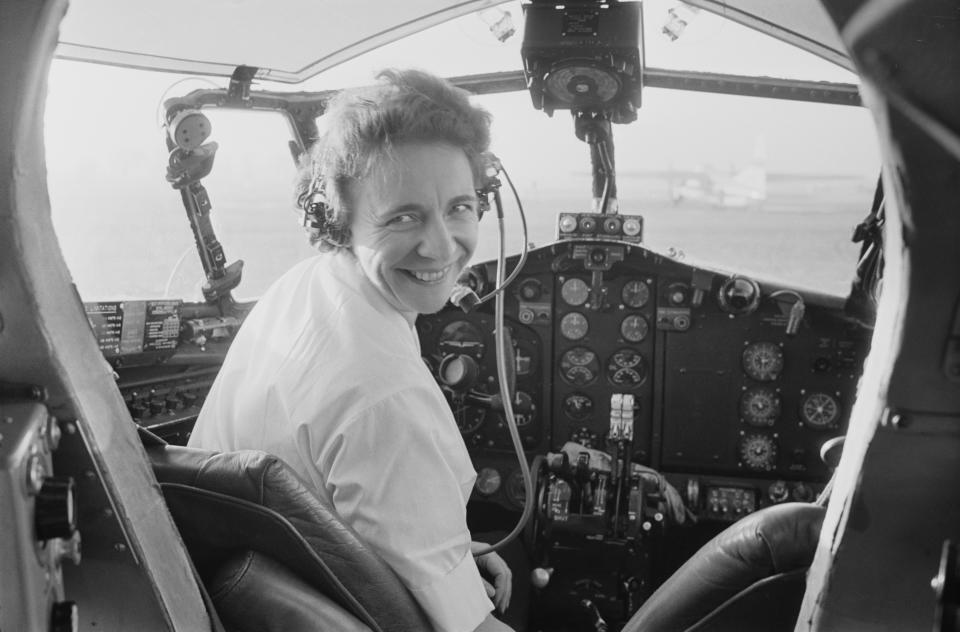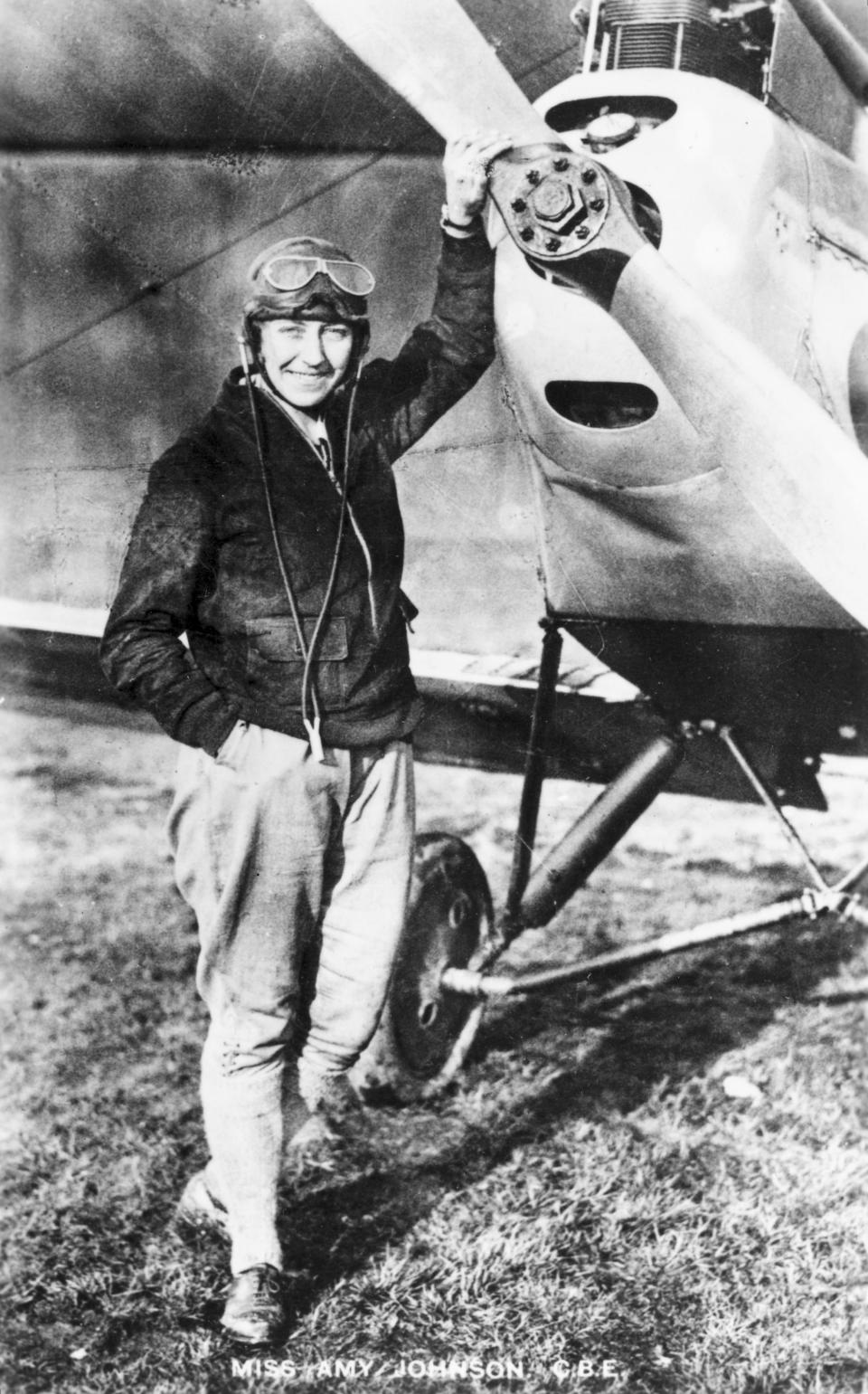Only 5% of the UK's pilots are female: but why?

There’s a problem with female pilots. There simply aren’t enough of them.
What makes this even more maddening is that there’s an aviation crisis looming due to the global shortage of young pilots in the talent pool overall. The industry reportedly needs 500,000 more professional pilots in the next two decades to cover pilot retirements and man tens of thousands of new airliners, according to Boeing’s Pilot & Technician Outlook from 2013. Can female pilots be the answer?
Data from the Centre for Aviation shows that just over 4% of pilots in the US and UK are women, with a global figure hovering around 5.18%. This data is mirrored in who’s running the airlines behind the scenes: again, it’s mostly men.
Being a pilot involves a mix of various different skill sets and strengths, but people from all backgrounds, not just science and maths, can thrive at the job. Training to be a pilot involves an 18-month training programme, with lots of hands-on testing using state-of-the-art simulators and the role combines technical precision and knowledge with a passionate spirit. Pilots are typically people who are eager to see the world and discover new places and people, and who aren’t afraid to tackle new challenges daily. Not all piloting is the same either: depending on your interests, skills, and personality, there are also various different ways to carve out a career as a female pilot, from manning commercial flights to working as a test pilot, altitude pilot or even a stunt pilot.

Many female pilots who have succeeded in the industry have similar stories in that they fell in love with flying, or the idea of piloting, from early childhood – it was their absolute dream to fly. Female pilots who succeeded in the face of adversity and sexism, like 60s-era Yvonne Pope Sintes, the first female commercial pilot, were doggedly determined to pursue their dreams and let nothing get in the way of them.
One of the big issues with why women don’t consider a career in aviation is representation: there is a glaring lack of female role models in the field. Girls don’t think it’s a feasible job choice for them to pursue, since there aren’t many women for them to emulate. A British Airways poll from 2015 found that many women were put off because of a lack of role models, with 20% saying they only saw male pilots on TV and 20% believing women could only be cabin crew.
According to Teaching Women to Fly, other factors that stop women from pursuing pilot training include a lack of confidence in their abilities, a lack of emotional support from friends and family, who don’t encourage women to enter the field for fear it’s “too dangerous” and a lack of female mentors and support systems.
Airlines are now realising that women entering the field as pilots can solve the pilot shortage issue, with many now making it a priority to build a present, and future, where more female pilots soar.
For example, EasyJet, along with female flights captain Marnie Munns, launched the Amy Johnson Initiative (named after 1930s English aviatrix Amy Johnson) to actively increase recruitment of female cadet pilots, with the aim of getting to 20% by 2020 – and then beyond. The initiative also involves visiting hundreds of schools and sponsoring the Brownies “Aviation” badge to spread the word about female pilots to thousands of little girls.
We can also start by encouraging our children at home: reading them stories about Amelia Earhart, building model planes with them and telling them that whatever their dreams, they most definitely can come true.
READ MORE: 15 inspiring Amelia Earhart quotes

Here are some remarkable female pilot role models to know about, beyond Amelia Earhart:
Amy Johnson
This female pilot set many long-distance records in the 1930s and flew in WWII as part of the Air Transport Auxiliary.
Shaesta Waiz
The first female certified civilian pilot from Afghanistan and the youngest woman to make a solo trip around the world in a single-engine aircraft in 2017 – she did with the aim of inspiring future females to fly. Waiz launched Dreams Soar, a non-profit which mentors and reaches out to future female pilots as well as funding scholarships for STEM education.
Captain Kate McWilliams
The youngest female in the world to become a commercial captain for EasyJet, when she was 26.
Ellie Carter
She became the youngest solo glider pilot in Britain at the age of 14 – she first took control of an airplane aged nine, and is now being mentored by EasyJet.
Raymonde de Laroche
This French female pilot was the first woman to earn her pilot’s license.
Yvonne Pope Sintes
She became the first female commercial pilot in the 1960s.
MJ Hegar
Hegar served as a rescue pilot in Afghanistan during her career in the US military after repeated rejections from Air Force flight school. Hegar was part of a successful lawsuit against the Air Force to remove the Combat Exclusion Policy, which discriminated against women.


